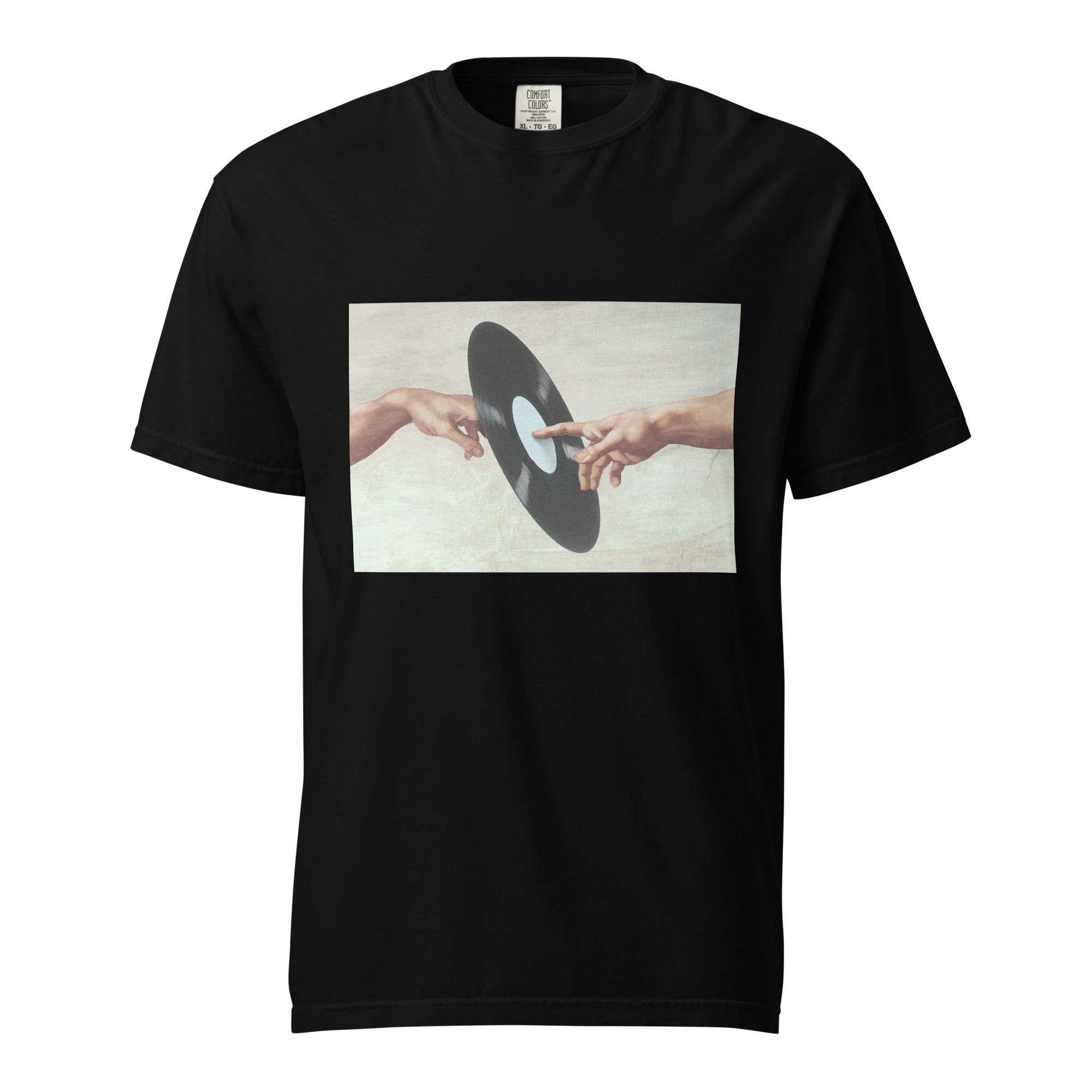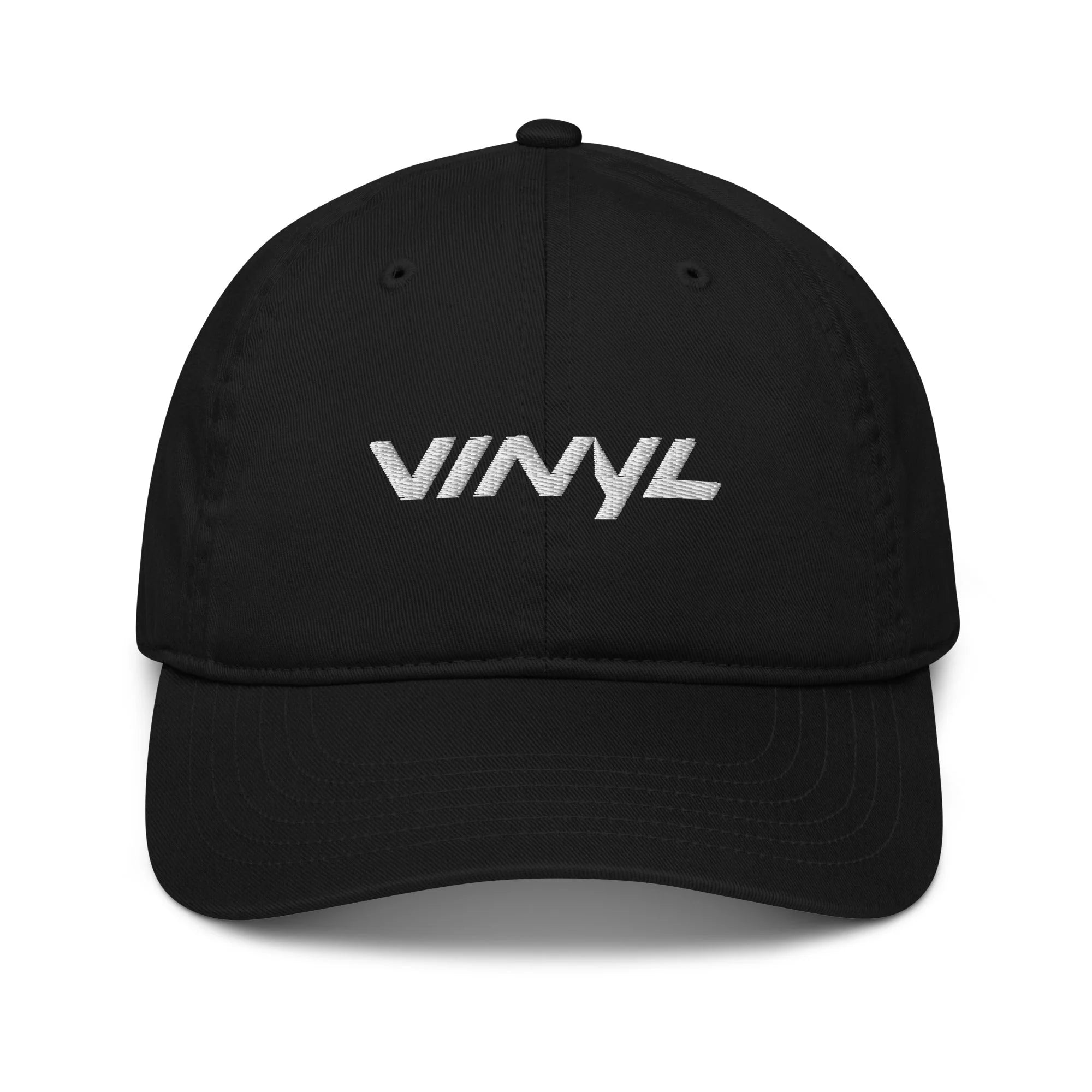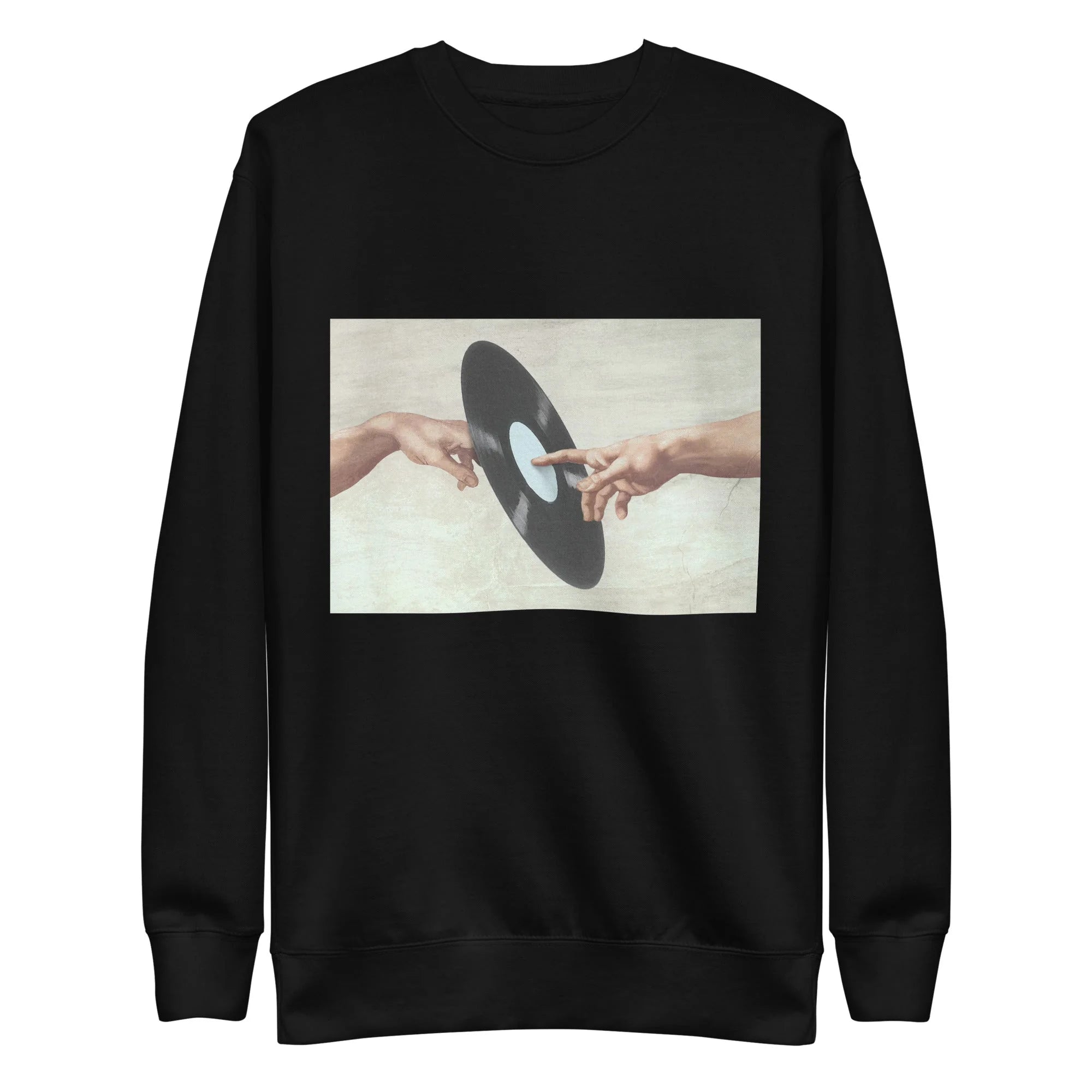In an era dominated by digital music formats, the retro vinyl resurgence represents a fascinating counter-trend. Despite the convenience of streaming services, vinyl records have made a remarkable comeback, appealing to both older generations and younger audiences. This revival is driven by a desire for a more authentic and engaging music experience. As digital music becomes increasingly fleeting, vinyl offers a tangible connection to the art of music, providing a sense of permanence and ownership that digital formats cannot match.

The Retro Vinyl Resurgence
Cultural Trends and Revival Factors
The social and cultural factors driving the resurgence of vinyl include events like Record Store Day, the impact of the pandemic, and reactions to digital burnout. There is a growing appreciation for analog sound, which many listeners find more natural and pleasing than the compressed formats of digital music. Additionally, vinyl record sound quality serves as a cultural artifact, capturing the essence of past eras. Collectors and music enthusiasts are also drawn to the physical aspect of vinyl, the artwork, the liner notes, and the act of flipping records, which provides a hands-on experience that digital cannot offer.
The resurgence of vinyl records is deeply rooted in a constellation of social and cultural trends that have reshaped how people interact with music. One of the most influential drivers has been the advent of Record Store Day, an annual event launched in 2008 to celebrate independent record stores and the unique culture they foster. On this day, music enthusiasts gather to seek out exclusive releases and limited-edition pressings, transforming record shopping into a communal experience and reinforcing the social bonds within the vinyl community. The COVID-19 pandemic further accelerated vinyl’s comeback, as lockdowns prompted many to seek new hobbies and more meaningful engagement with music at home. Collecting and playing records became a comforting ritual, offering a sense of connection and nostalgia during uncertain times. Additionally, the phenomenon of digital burnout has led many to crave more tactile and intentional experiences. Vinyl records, with their physical presence and deliberate listening rituals, provide a welcome escape from the ephemeral nature of streaming. Together, these cultural forces have not only revived interest in vinyl but also redefined it as a symbol of authenticity, community, and mindful engagement in an increasingly digital world.
Demographics of Vinyl Enthusiasts
The demographics of those who buy vinyl records are surprisingly diverse, spanning various age groups, backgrounds, and musical tastes. While older generations revisit their youth through classic albums, younger listeners discover vinyl for the first time, often driven by curiosity and the allure of a physical music collection. This blend of demographics strengthens the timeless appeal of vinyl, making it a unique bridge across generations and cultures.
Vinyl Sales Trends Over the Years
Vinyl sales have seen a consistent increase over the past decade, bucking the trend of digital music consumption. This growth is part of a sustained interest in vinyl as a preferred format for its auditory superiority and collectible nature. Year after year, record stores report higher sales, which celebrate and bolster the vinyl community.
Nostalgia and Emotional Connection
Vinyl records uniquely evoke powerful feelings of nostalgia, transporting listeners back to cherished moments and formative experiences. The act of playing a record, selecting an album, placing the needle, and hearing the familiar crackle creates a ritual that connects people to their past and to loved ones who shared those musical journeys. For many, vinyl represents more than just music; it’s a tangible link to memories, family traditions, and personal milestones. This emotional connection is a key reason vinyl remains beloved, especially among those who treasure the lasting impact of physical formats on their musical lives.
Economic Effects of the Vinyl Revival
The resurgence of vinyl records has brought about a significant economic transformation across the music landscape, most notably revitalizing independent record stores, reshaping the manufacturing industry, and influencing the broader music industry. For independent record stores, the vinyl revival has been a lifeline. After years of decline spurred by the rise of digital music and the shuttering of major retail chains, small, locally owned shops have experienced a renaissance. Renewed consumer interest in vinyl has turned these stores into thriving community hubs, drawing both seasoned collectors and newcomers seeking a tangible connection to music. Many of these stores have expanded their reach beyond brick-and-mortar locations by leveraging online platforms and marketplaces, enabling them to serve global customers and diversify revenue streams. This shift has not only stabilized their businesses but also contributed to the preservation and celebration of record store culture, which plays a crucial role in fostering local music scenes and supporting emerging artists.
On the manufacturing front, the surge in vinyl demand has created both opportunities and challenges, and decades of declining sales have led to the closure of many pressing plants, leaving only a handful of facilities capable of meeting the new, heightened demand. As a result, manufacturers have faced persistent bottlenecks, including equipment shortages, supply chain disruptions, and lengthy production backlogs. The situation was exacerbated by events such as the 2020 fire at Apollo Masters Corporation, a key supplier of lacquer discs essential to the vinyl pressing process, which further strained global production capacity. Despite these hurdles, the industry has witnessed a surge in new investment and expansion, with new pressing plants opening and existing ones scaling up their operations. For the broader music industry, the vinyl resurgence has introduced new revenue streams and strategic opportunities. Major and independent labels alike have responded by reissuing classic albums, releasing special editions, and offering exclusive vinyl variants to capitalize on the format’s renewed popularity.

Comparing Vinyl to Digital Formats
Vinyl records offer a listening quality that many aficionados describe as richer and more authentic. Unlike digital music, which is often listened to on the go, the vinyl listening experience is more deliberate and immersive, typically enjoyed in a dedicated listening environment. This encourages deeper engagement with the music, as the act of listening becomes a focused, almost ritualistic activity.
Unique Sound Quality of Vinyl Records
Warmth of Analog Sound
This warmth is often attributed to the analog nature of vinyl recordings, which maintain the original audio waves without digital compression. This results in a more complex sound, where even the subtle nuances of the music are preserved. Listeners frequently report a fuller, richer sound that feels closer to live music, an experience that digital formats, with their clipped peaks and compressed range, struggle to match.
Technical Aspects of Vinyl Sound Quality
This preference isn't just based on sentimentality but is deeply rooted in the technical aspects of how vinyl records produce sound. The characteristics that define vinyl sound quality are not merely abstract concepts but are tangible and measurable differences that affect audio reproduction. Below are distinct technical characteristics:
- Analog Signal: The process of capturing sound on vinyl is based on a continuous analog signal. This is fundamentally different from digital formats, where sound is represented as a series of binary codes (0s and 1s). Analog recording allows vinyl to capture the full range of audio from a live performance without the "step-like" losses that can occur during digital quantization. This means the nuances of the original sound are preserved more faithfully, offering listeners a more authentic and rich listening experience.
- Higher Resolution: They typically offer a broader frequency range than standard digital formats, capturing everything from the deepest bass to the highest treble with greater fidelity. This extensive range allows the vinyl to reproduce sounds more true to the original performances, with clearer distinctions between the subtle tones and textures of the music. The result is a listening experience that can feel more alive and engaging compared to the often compressed and flattened soundscapes of digital files.
- Physical Medium: As mentioned previously, the unique charm of vinyl records lies in their physical medium. The grooves on a vinyl record are direct physical impressions of the original sound waves, something no digital format can replicate. As the needle moves through these grooves, it traces the exact movements of the original recording's sound waves, translating them into sound. Many claim that the music produced by this tactile contact between the needle and the vinyl has greater warmth and depth, making for a more engrossing aural experience.
- Less Compression: As emphasized before, one of the significant advantages of vinyl records is the minimal compression used in their production. Digital formats often require compression to reduce file size for easier storage and streaming, which can degrade sound quality by flattening dynamic ranges and introducing digital artifacts. Vinyl, free from the need for such compression, maintains the full dynamic range of the original recordings. With soft sounds being delicate and nuanced and loud sounds being powerful and broad, this enables a clearer, more dynamic presentation of the music.
These technical aspects ensure that vinyl record art offers a uniquely satisfying auditory experience, making it a cherished format for those who seek authenticity and quality in their music-listening experience. Vinyl isn't just a way to listen to music; it's a way to experience music as it was intended to be heard.
Classic and Iconic Vinyl Albums
Must-Have Albums for Collectors
For anyone building or enhancing a vinyl collection, several must-have albums are widely recognized for their influence and enduring appeal. These albums are not only musically significant but are also prized for their artistic merit and the role they have played in shaping music history:
- "The Dark Side of the Moon" by Pink Floyd: This album is an exemplar of progressive rock, renowned for its intricate sound engineering and philosophical themes. The complexity of its production makes it particularly well-suited for vinyl, where its rich layers and sound effects can be fully appreciated. With its seamless transitions and use of synthesizers and studio effects, "The Dark Side of the Moon" creates an immersive experience that epitomizes the capabilities of vinyl in capturing and enhancing sonic details that are often lost in digital formats.
- "Abbey Road" by The Beatles: Beyond its iconic cover, "Abbey Road" is a testament to The Beatles' enduring influence on music and culture. The album's structure, featuring a second-half medley, showcases the band's creative peak. Its production techniques and the clarity of each instrument layer make it a showpiece for what vinyl can offer. Each track, from the playful "Octopus's Garden" to the poignant "Something," is a piece of a larger narrative that is best experienced through the warm, nuanced sound of a vinyl record.
- "Kind of Blue" by Miles Davis: Revered as a monumental achievement in jazz, "Kind of Blue" is celebrated for its innovative modal jazz approach. The album's subtle complexities and improvisational nature are captured beautifully on vinyl, where the warmth and depth of the analog recording highlight the interplay of Davis's trumpet with the piano and saxophone. This record is not just heard; it's felt, making it a cornerstone for any collector interested in the expressive power of jazz.
- "Rumours" by Fleetwood Mac: Known for its rich vocal harmonies and emotional honesty, "Rumours" reflects the personal turmoil and relationships within the band during its creation. The album's production quality shines on vinyl, where the clarity and crispness of the sound allow listeners to fully appreciate the intricacies of its music and lyrics. Vinyl retains a degree of production quality that makes each music tell a tale that is both universal and personal.
- "The Rise and Fall of Ziggy Stardust and the Spiders from Mars" by David Bowie: It is a pivotal work in the glam rock genre, telling the story of Bowie's alter ego, Ziggy Stardust. The theatrical and futuristic themes are enhanced by the analog quality of vinyl, which complements Bowie's innovative sound and the album's narrative structure. The depth and vibrancy of the vinyl recording bring out the lush textures and dramatic guitar work, making it a critical piece of any Bowie fan's collection.
Each record, with its distinct sound and artistic merit, offers a window into the periods and movements it represents, providing not just listening pleasure but also a tactile piece of cultural heritage. These albums are essential for anyone looking to understand the evolution of music and the unparalleled experience of vinyl.
Iconic Albums Through the Decades
From the psychedelic 60s to the experimental 2000s, each decade has produced vinyl records that have become cultural symbols. The 60s were defined by classic vinyl albums like "Sgt. Pepper's Lonely Hearts Club Band" by The Beatles, while the 70s brought "Hotel California" by The Eagles. The 80s saw the rise of Michael Jackson’s "Thriller," which remains one of the best-selling albums of all time. The 90s were dominated by Nirvana's "Nevermind," which redefined rock. Not only do these albums capture the inventions and styles of their respective eras, but they also have a lasting impact on both fans and musicians.
Where to Buy Vinyl Online
Benefits of Shopping at Local Vinyl Stores
Local vinyl record stores offer more than just a place to buy vinyl records; they provide a community hub for music lovers. These stores often host live performances, release parties, and other events that help build a local music scene. Shopping at these online record stores supports small businesses and contributes to the preservation of vinyl culture. Additionally, local shops typically have knowledgeable staff who can offer recommendations and insights into different music genres and artists, enhancing the shopping experience.
Finding Rare Vinyl Records Online
The internet has opened up vast possibilities for collectors looking for rare and special edition vinyl records. Websites dedicated to vinyl sales often list items you can’t find anywhere else. However, when searching for these rare pieces, it’s crucial to use reputable sources to ensure authenticity and quality. Collectors can find limited editions, colored vinyl, and vintage records that are no longer in production, making online searches a treasure hunt for enthusiasts.
Tips for Avoiding Counterfeits
When building a vinyl collection, especially in the digital age, it's crucial to be vigilant against the risk of counterfeit records. This concern isn't limited to rare or highly sought-after popular vinyl record albums; even more common releases can have fake counterparts. Being equipped with the right knowledge and strategies can safeguard your investment and ensure that each addition to your collection is authentic. Here are detailed tips to help you avoid falling victim to counterfeit vinyl records:
- Research the Seller: Before making any purchase, especially from online marketplaces, take the time to investigate the seller's background thoroughly. Check their transaction history, customer feedback, and overall reputation. Sellers with a longstanding presence generally have detailed reviews and a track record of authentic items. Be wary of sellers who have multiple negative reviews mentioning authenticity issues, or who are new and untested in the market.
- Know the Market Price: Familiarize yourself with the typical market price of the vinyl you wish to purchase. If you encounter a deal that's significantly cheaper than the norm, proceed with caution. Extremely low prices can often indicate that the record is either counterfeit or possibly stolen.
- Inspect the Packaging: Original pressings have specific characteristics that can be used to verify their authenticity. Look for markers such as the presence of correct logos, catalog numbers, and other details that should be consistent with the record's era and record label. Sometimes, the type of plastic used for the wrap, the weight of the vinyl, or the quality of the print on the sleeve can also be telling signs. Learn about these identifiers and use them to scrutinize every potential purchase.
- Check the Quality of the Artwork: One common flaw in counterfeit records is the quality of the artwork. Original covers are usually sharp and clear, with accurate colors and high-quality printing. On the other hand, counterfeits often have blurry images, incorrect colors, or pixelated graphics. Always compare the artwork to verified authentic versions, which can often be found online or in collectors' guides.
- Seek Expert Advice: If you're still uncertain about a record's authenticity after your initial checks, don't hesitate to seek advice from more experienced collectors or reputable sellers. These individuals often have years of experience and can offer valuable insights based on minor details that you might not notice.
Collecting vinyl is not just about gathering music; it's about preserving pieces of musical history. Ensuring the authenticity of each record not only protects your investment but also respects the artists and the music industry's integrity.

Safe Online Transactions
Always use secure payment methods and avoid wire transfers or cash apps that offer little protection. Ensure the website uses encryption (look for HTTPS in the URL) to protect your personal and payment data. Consider using payment options that provide buyer protection, such as credit cards or PayPal, which can help resolve disputes and provide refunds in case of fraud or misrepresentation.
The enduring appeal of vinyl records lies in their unique combination of sound quality, tactile engagement, and artistic value. This format offers a richer, more immersive listening experience that digital formats struggle to match, appealing to both audiophiles and those new to music collecting. Experience the warmth of analog sound and grow your collection with authentic records from Vinyl.com. The vinyl revival speaks to a broader desire for tangible connections in an increasingly digital world, where the act of collecting, displaying, and playing records offers a deeply personal interaction with music.

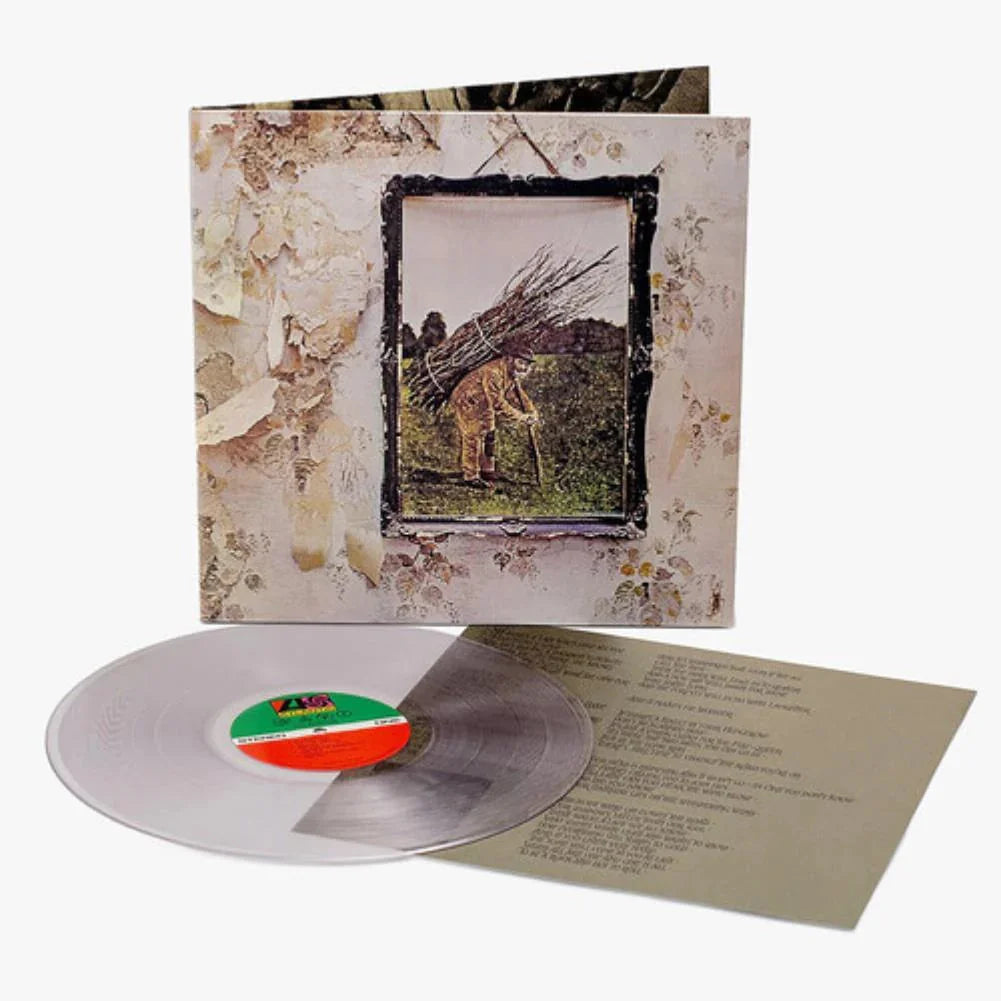
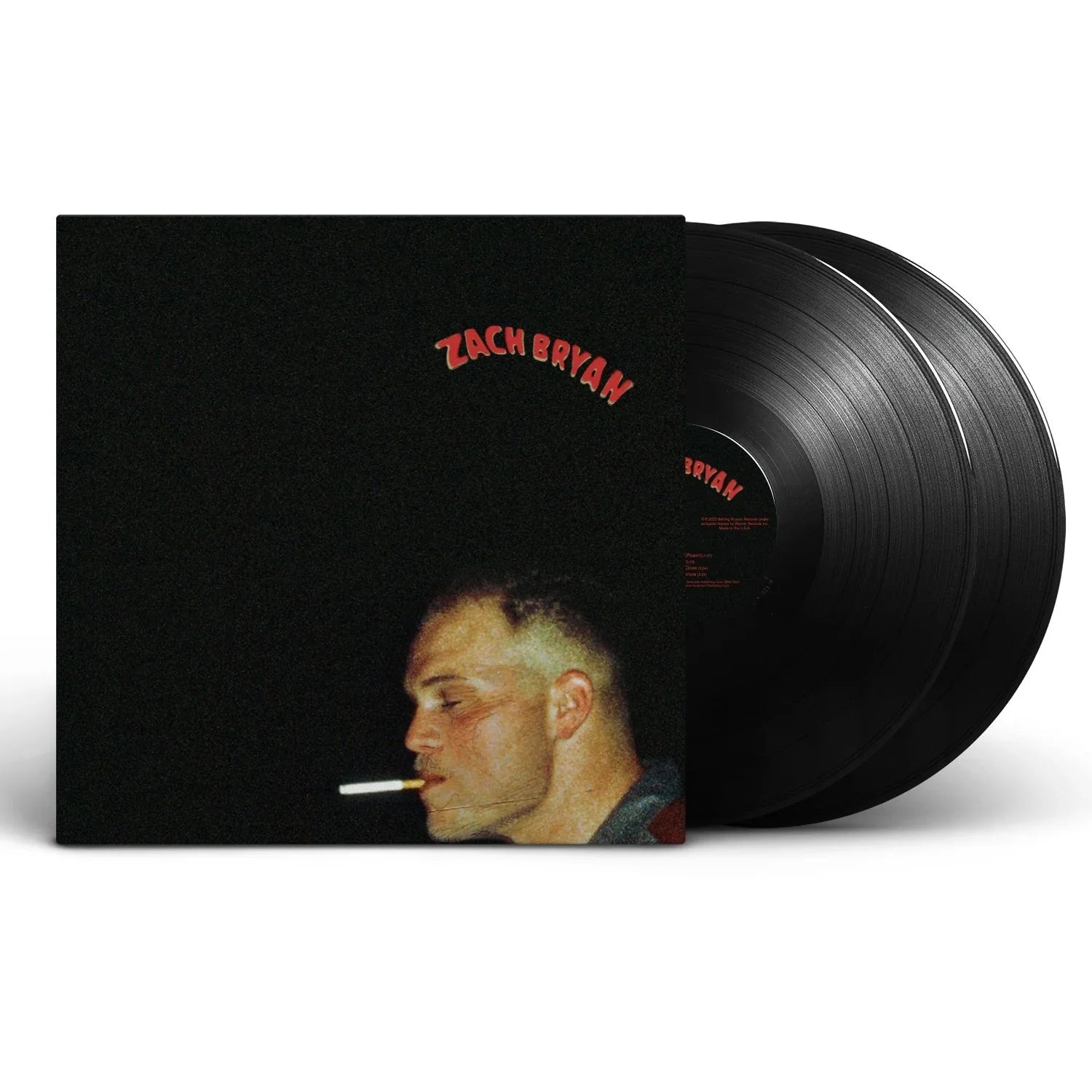
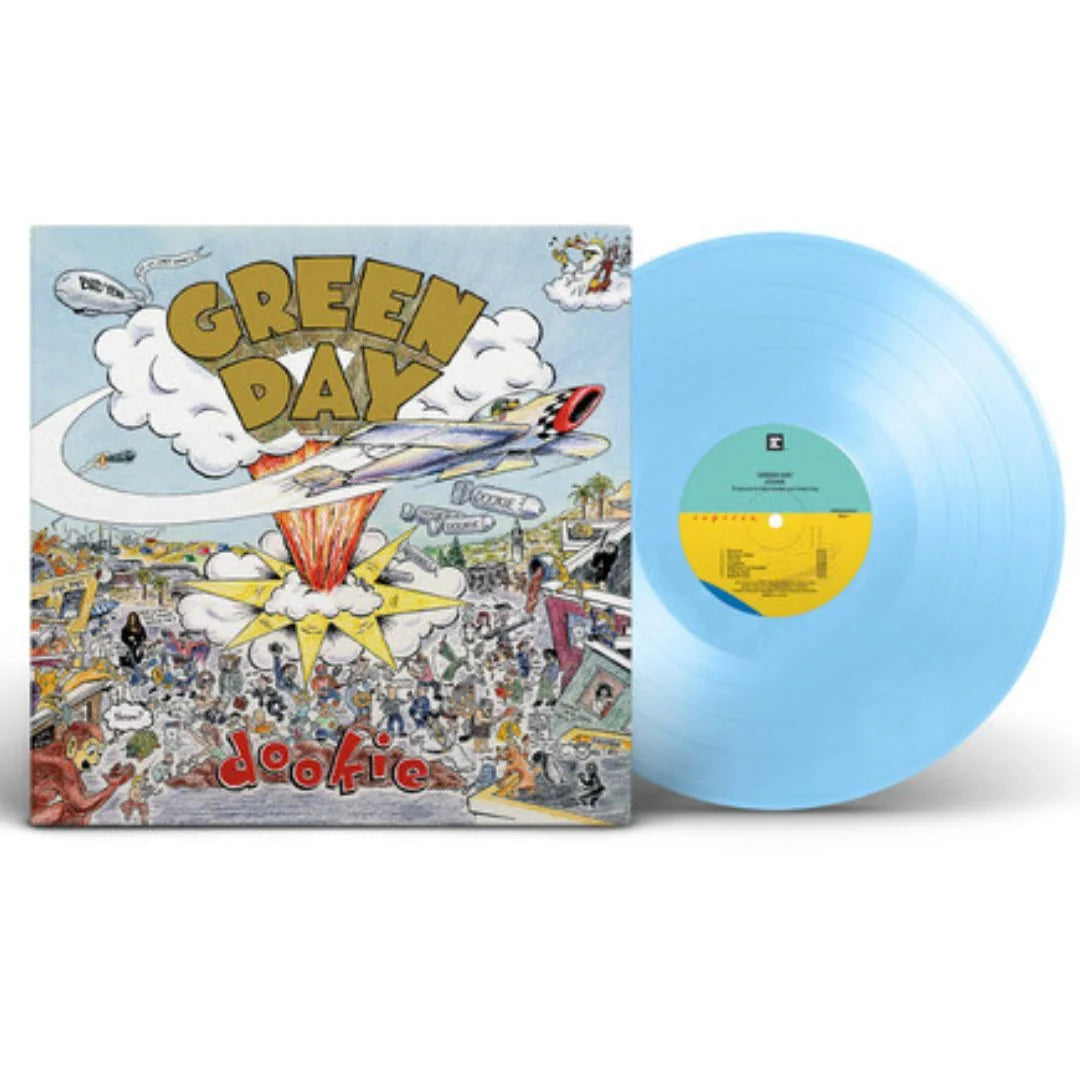
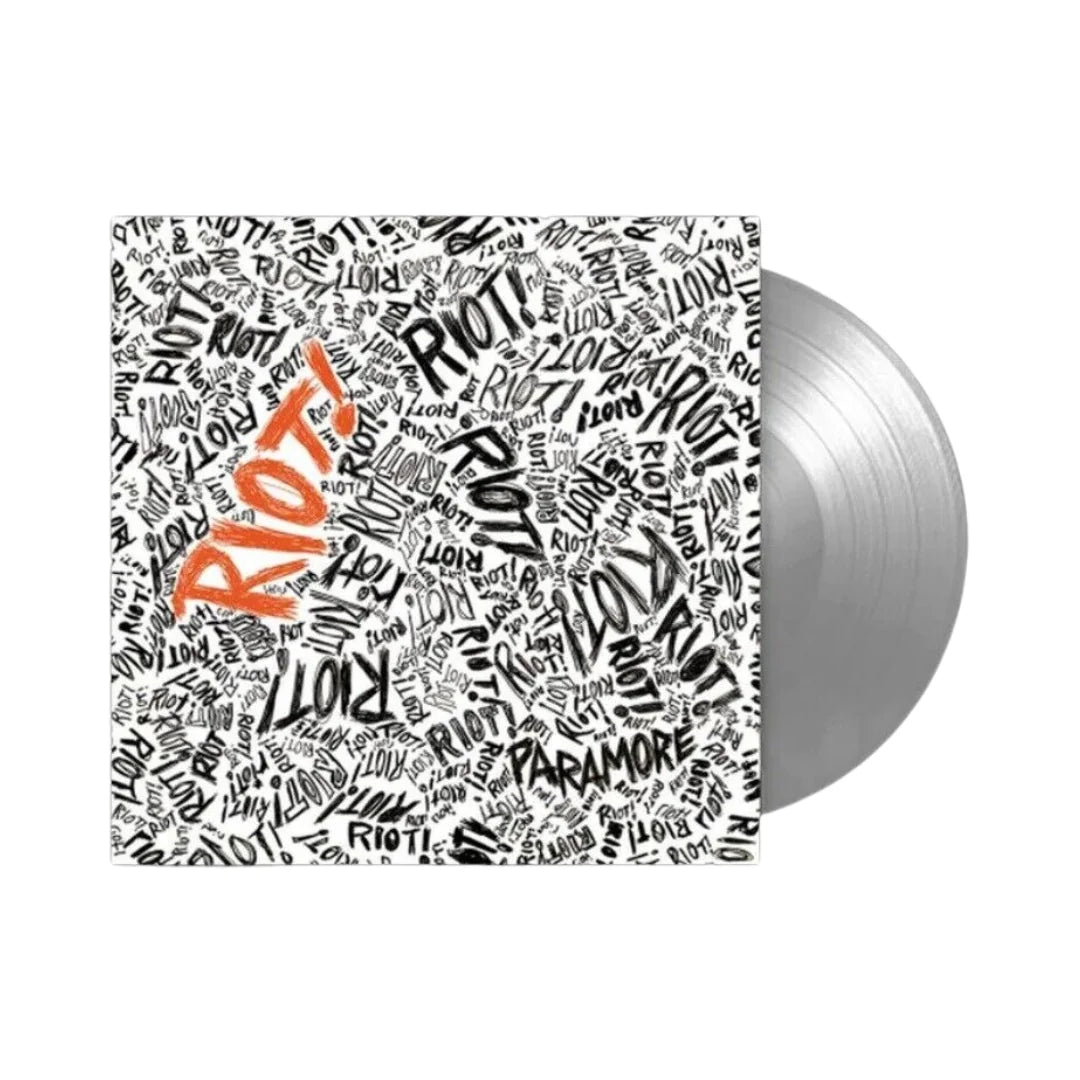
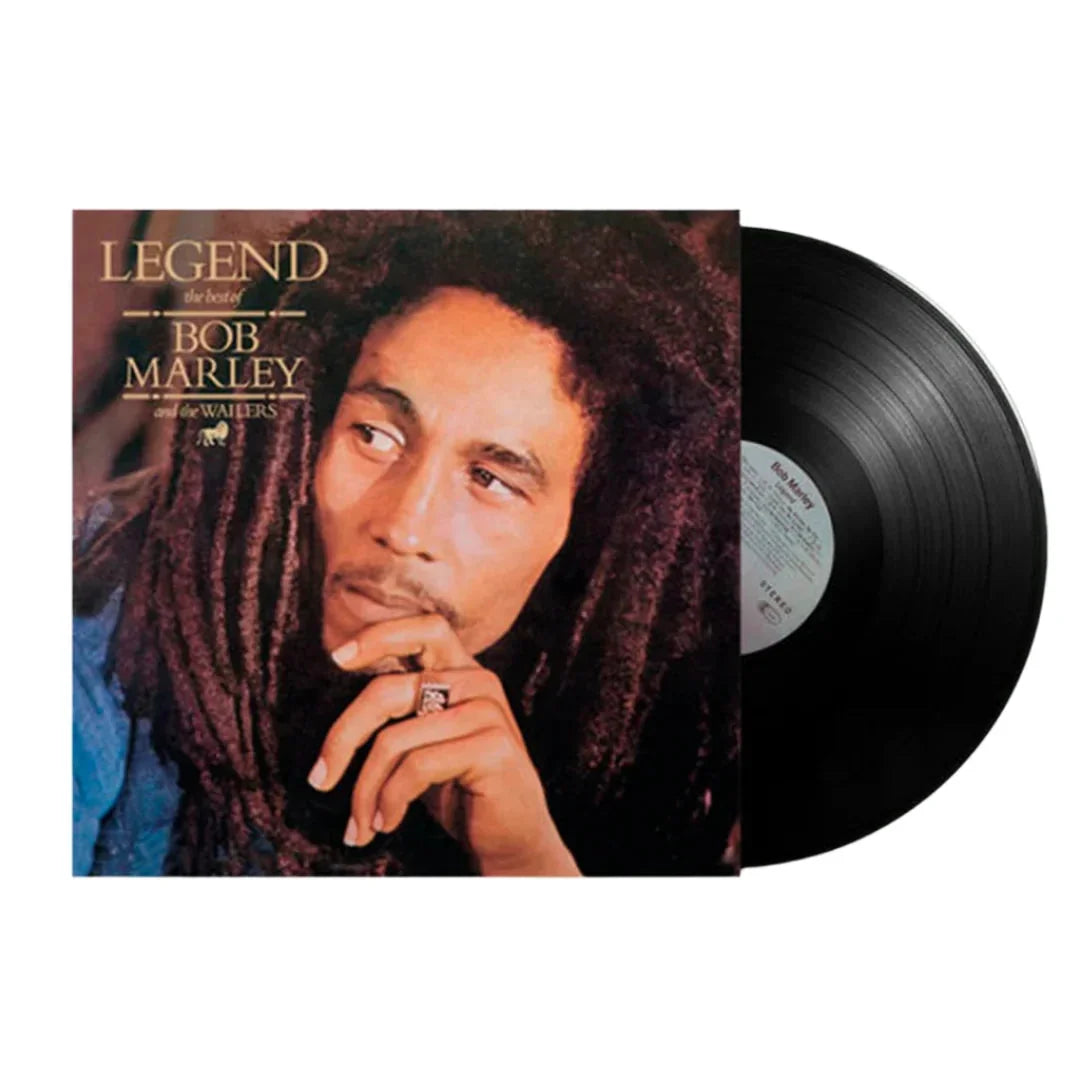
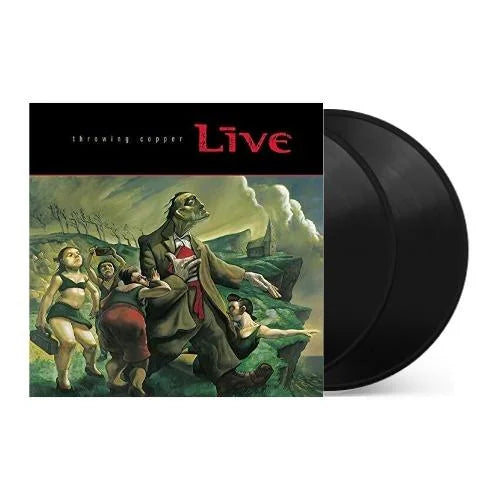
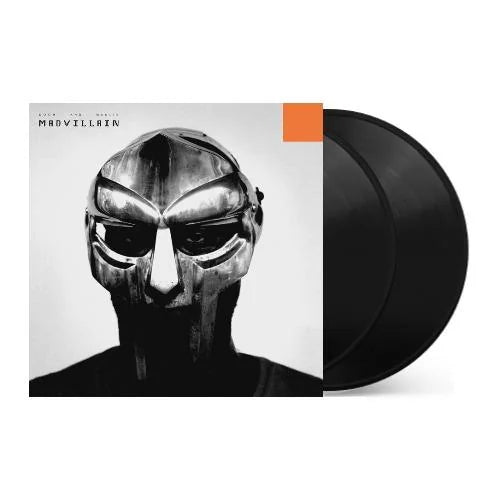
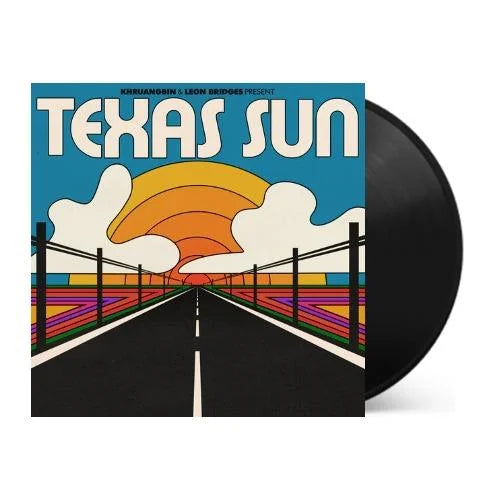
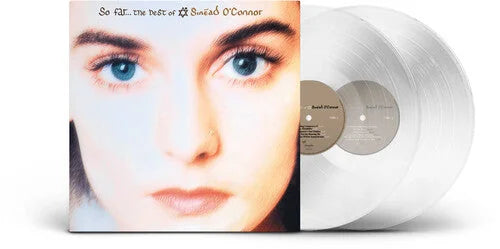
![The Grateful Dead - The Music Never Stopped [6LP Box Set]](http://vinyl.com/cdn/shop/files/The_Grateful_Dead-The_Music_Never_Stopped__6LP_Box_Set.jpg?v=1747729623&width=5760)
![The Grateful Dead - Madison Square Garden, New York, NY 3/9/81 (2023 Rocktober Edition) [5LP Box Set]](http://vinyl.com/cdn/shop/files/4247396-3042523.jpg?v=1758034700&width=5760)
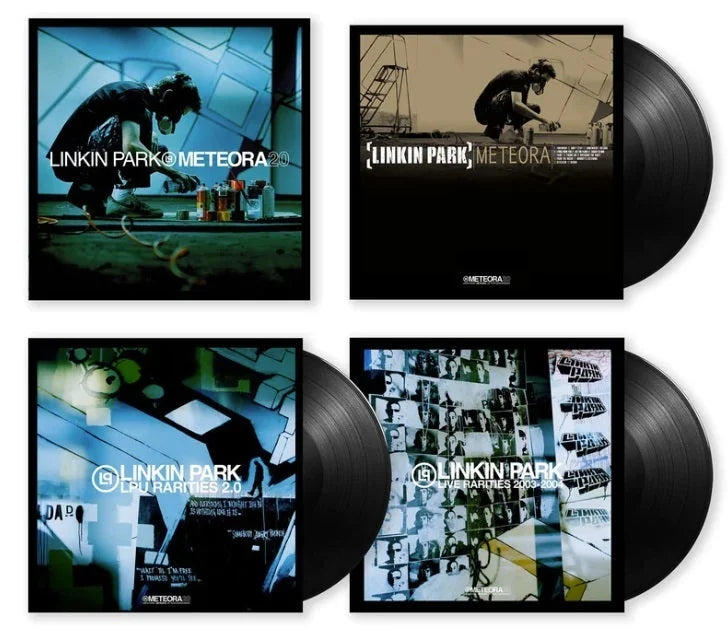
![Sufjan Stevens - Songs For Christmas [5LP Box Set]](http://vinyl.com/cdn/shop/files/3576666.jpg?v=1684195276&width=5760)
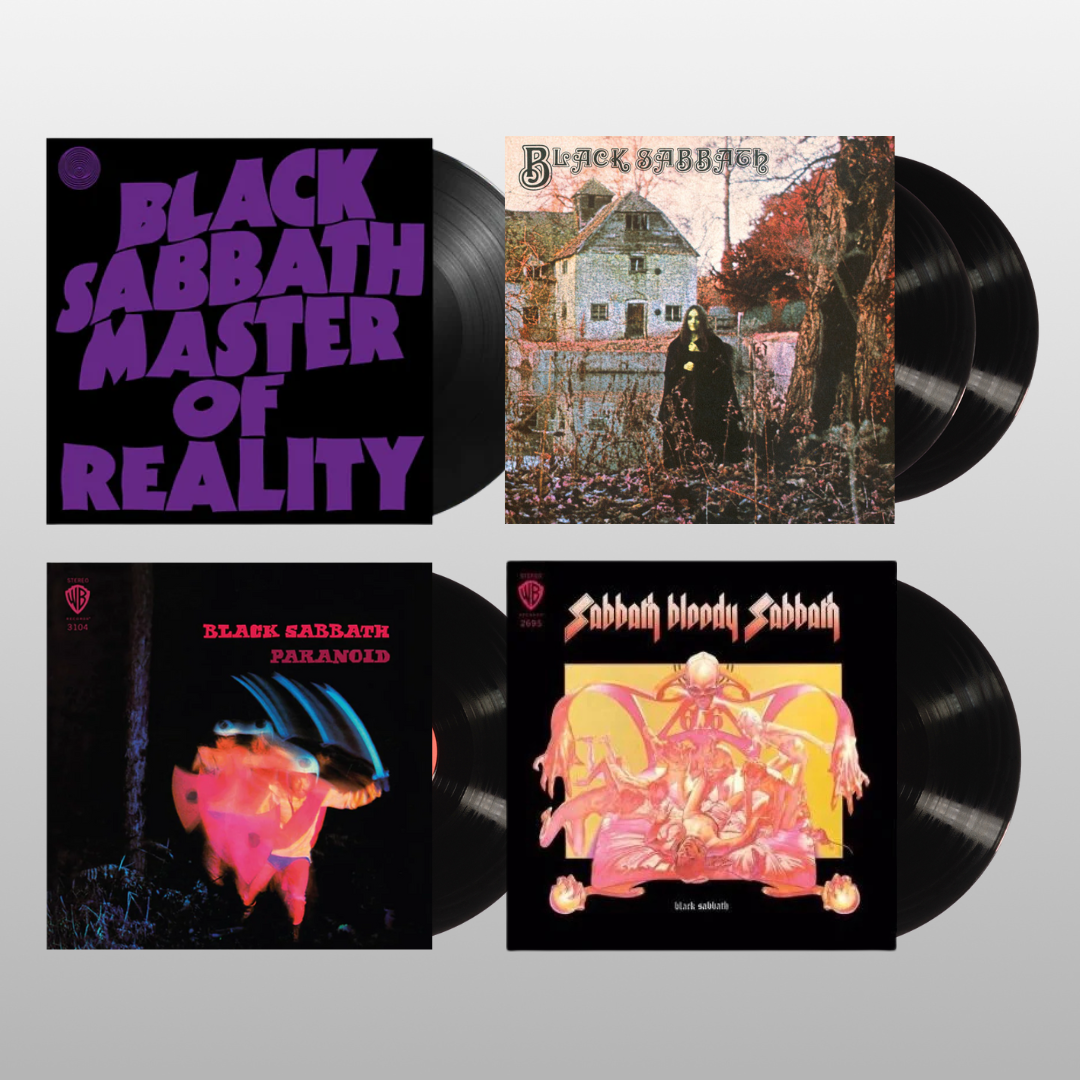

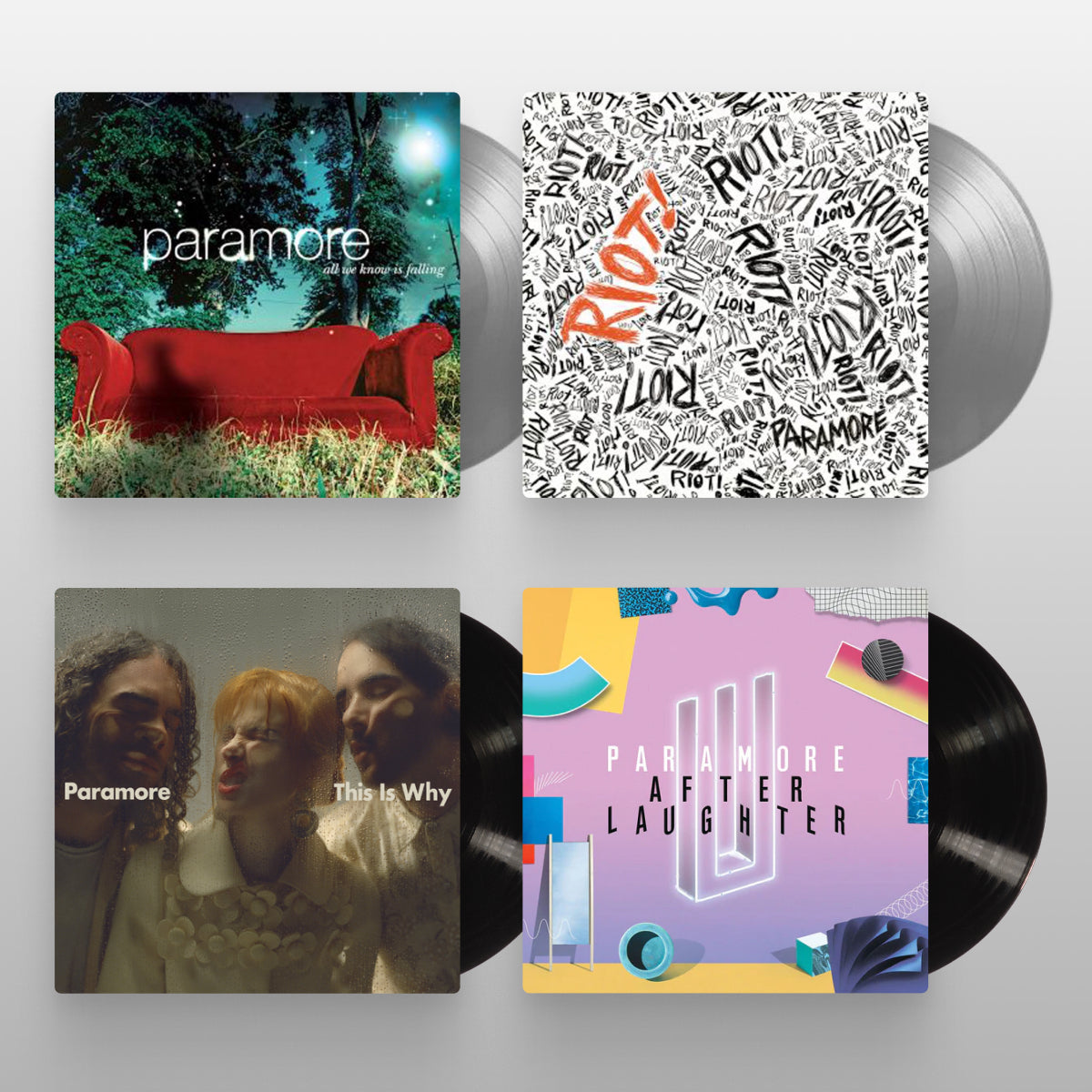

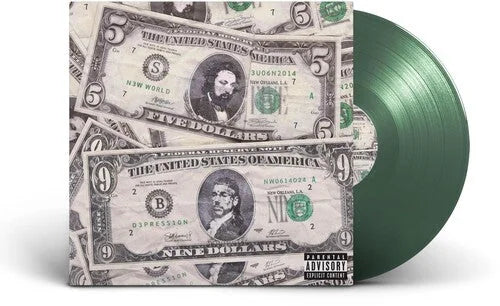
![(hed) p.e. - New And Improved [Pink]](http://vinyl.com/cdn/shop/files/4425252-3389420.jpg?v=1746578880&width=5760)
![1 Locate S - Wicked Jaw [Sky Blue]](http://vinyl.com/cdn/shop/files/4217742-2982879.jpg?v=1693273095&width=5760)
![11/5 - A-1 Yola [2LP Orange Swirl]](http://vinyl.com/cdn/shop/files/3992138-2728122.jpg?v=1684200429&width=5760)
![Mac Miller - Swimming [2LP]](http://vinyl.com/cdn/shop/files/mac.png?v=1767598047&width=5760)
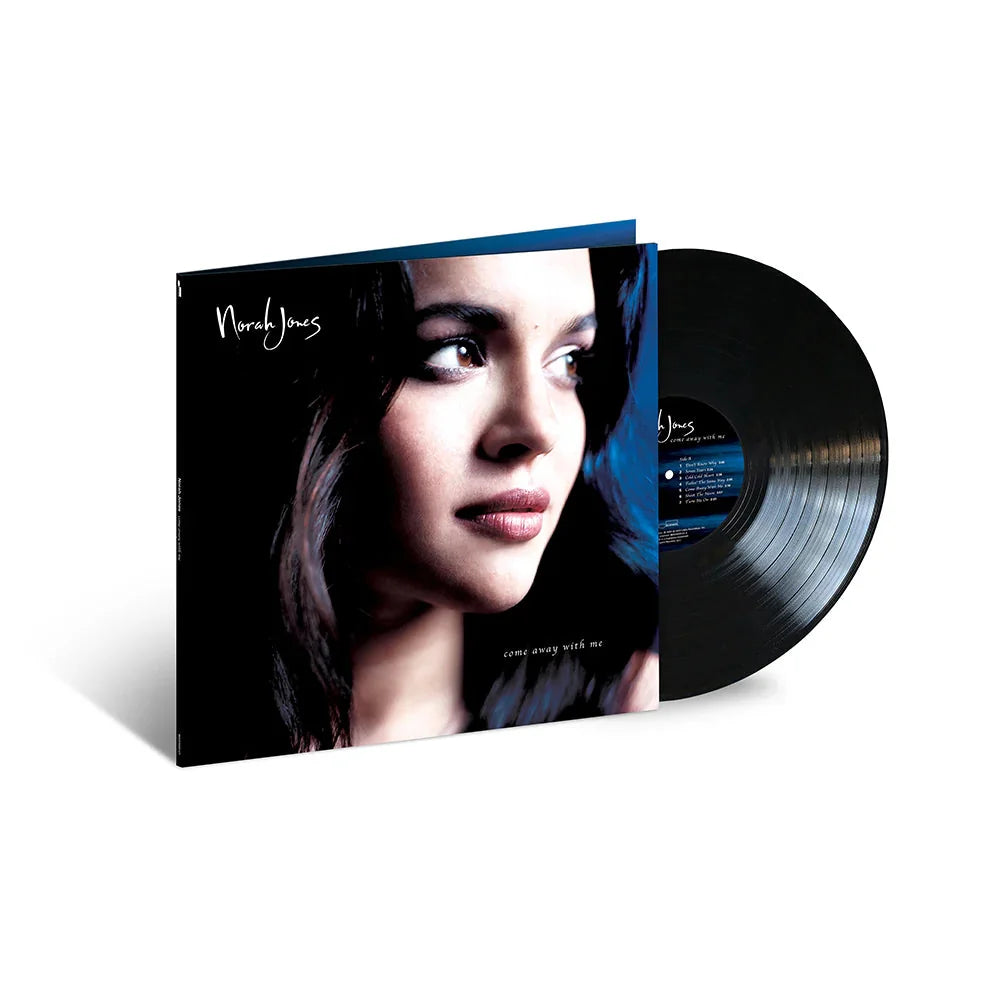
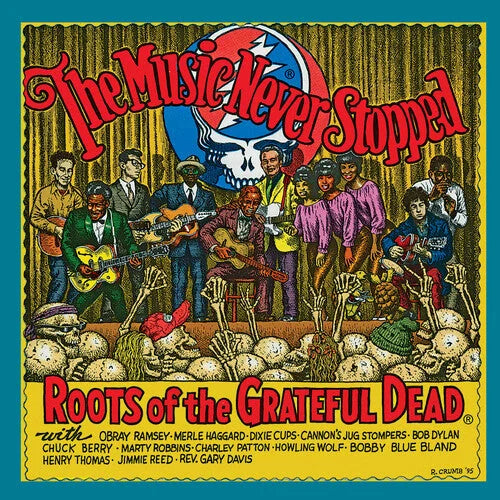

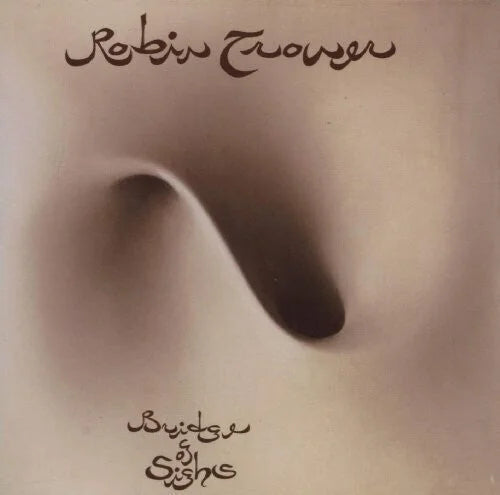
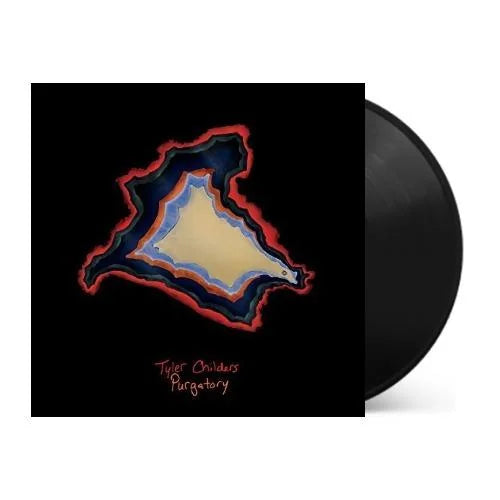
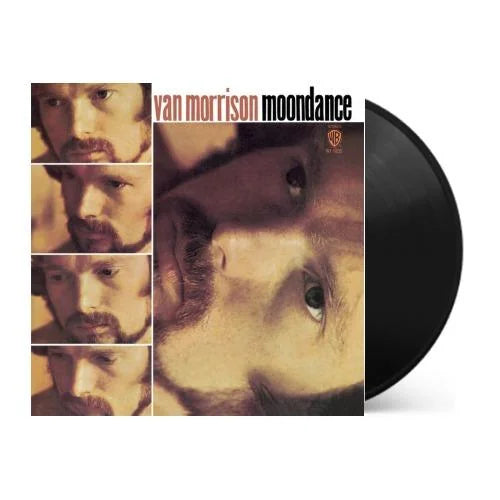
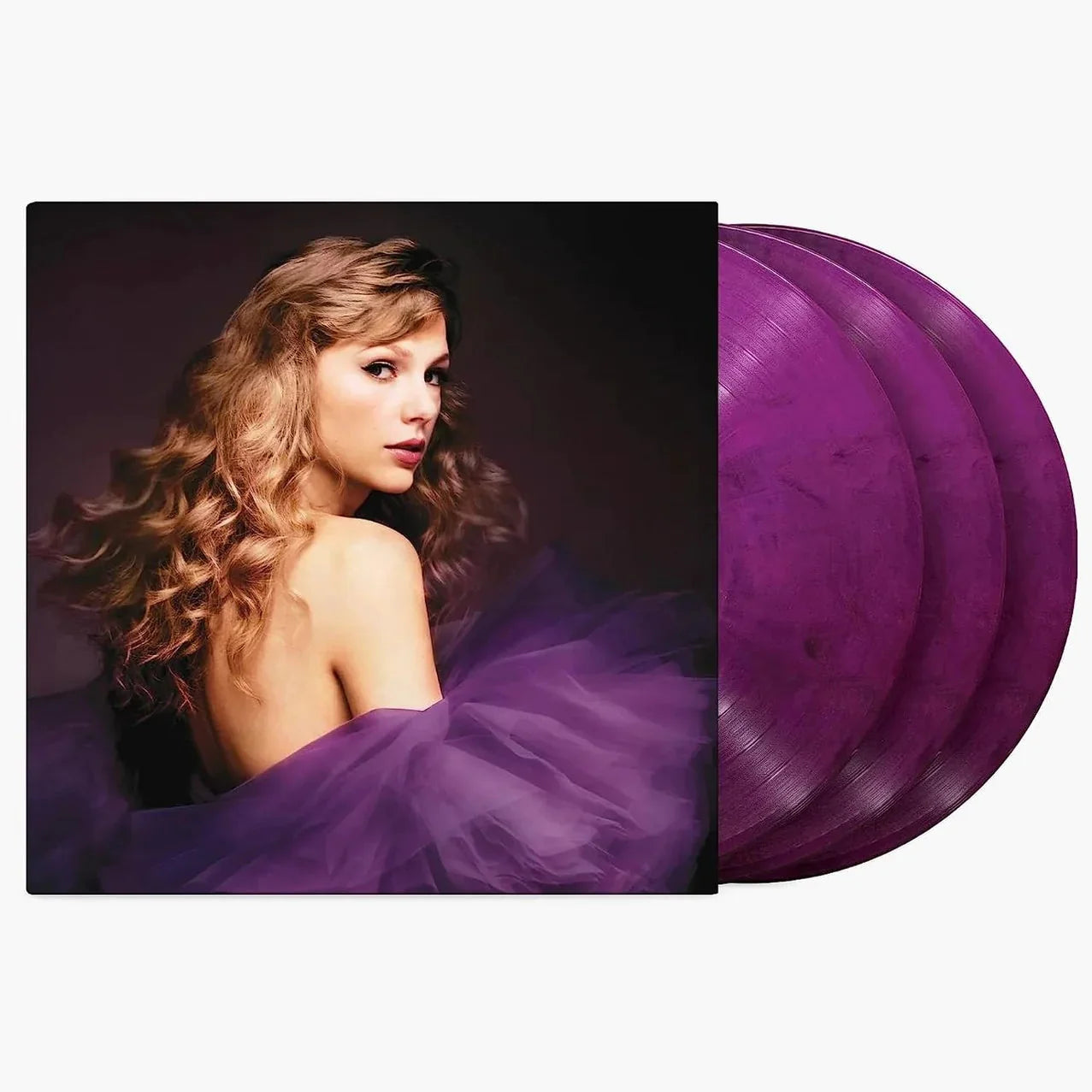
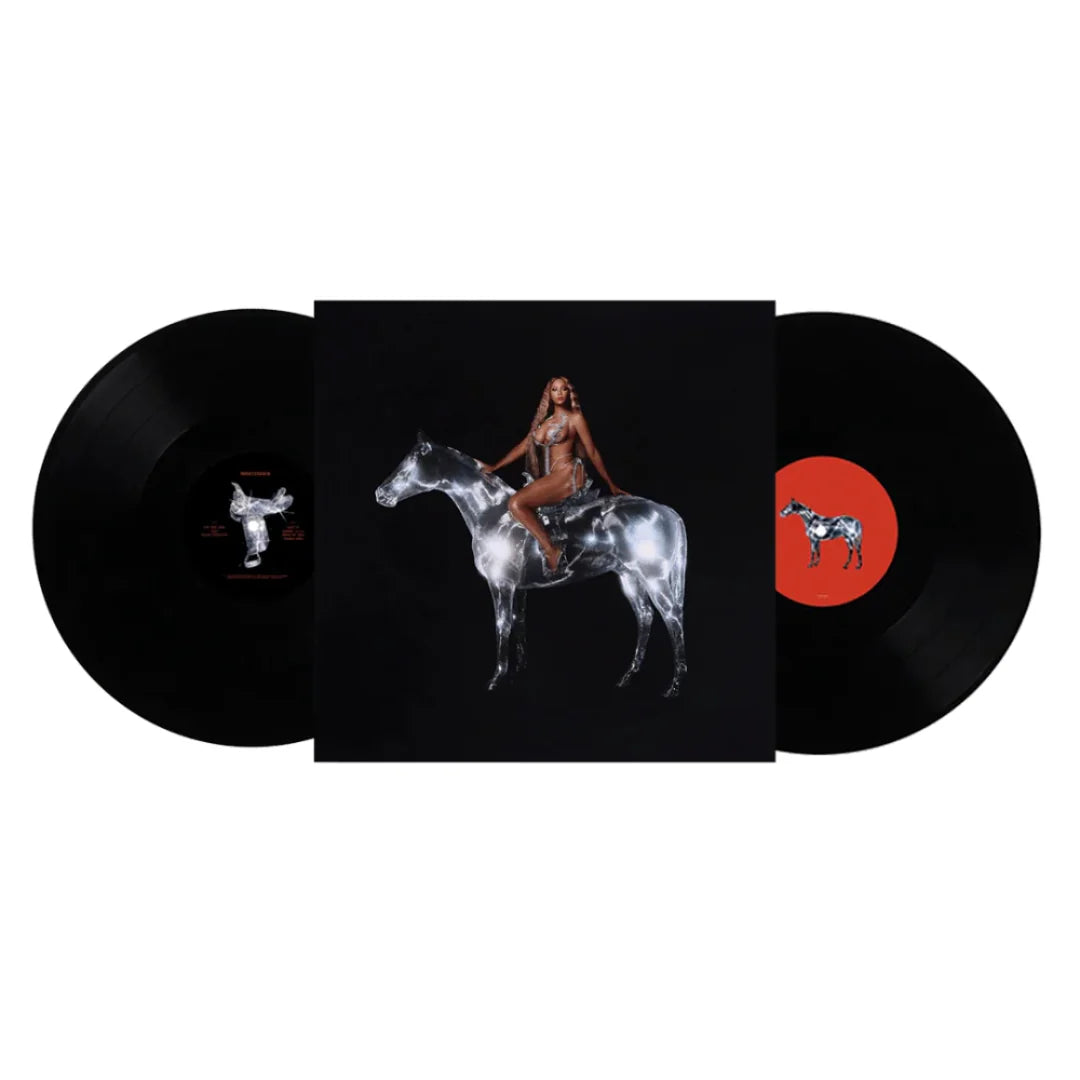
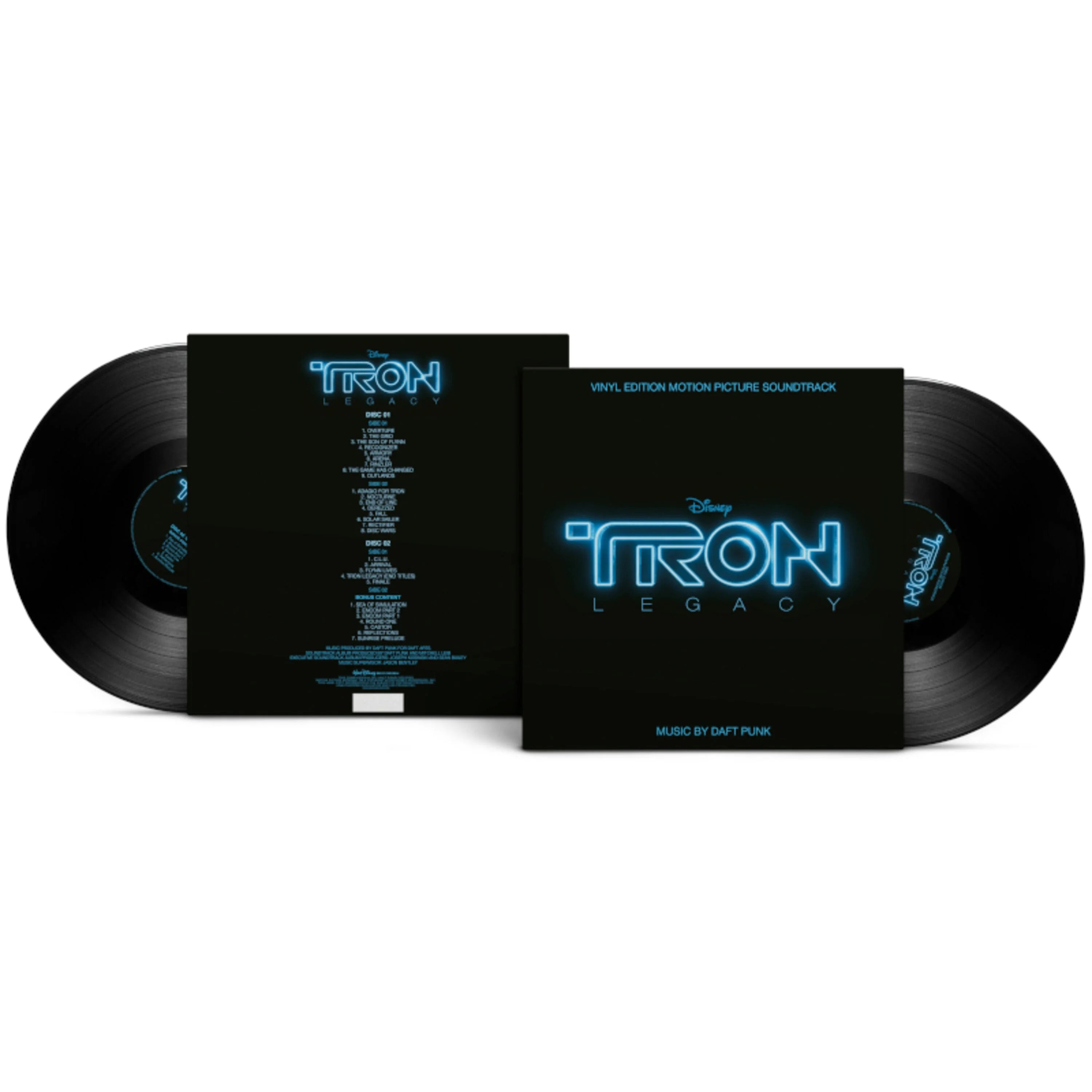
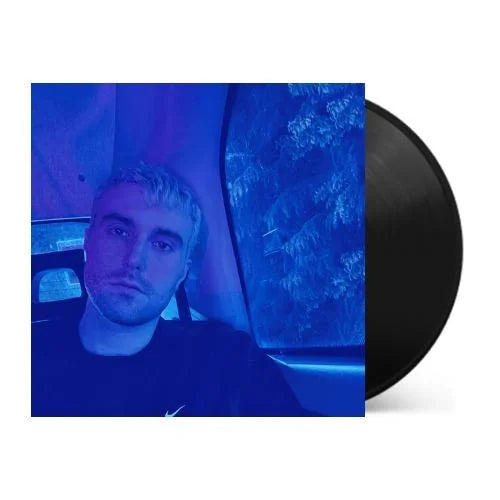
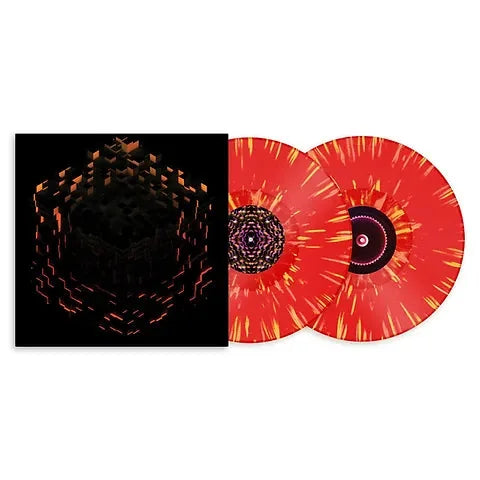
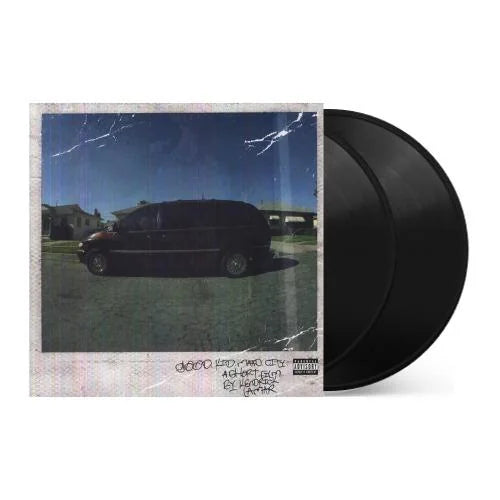
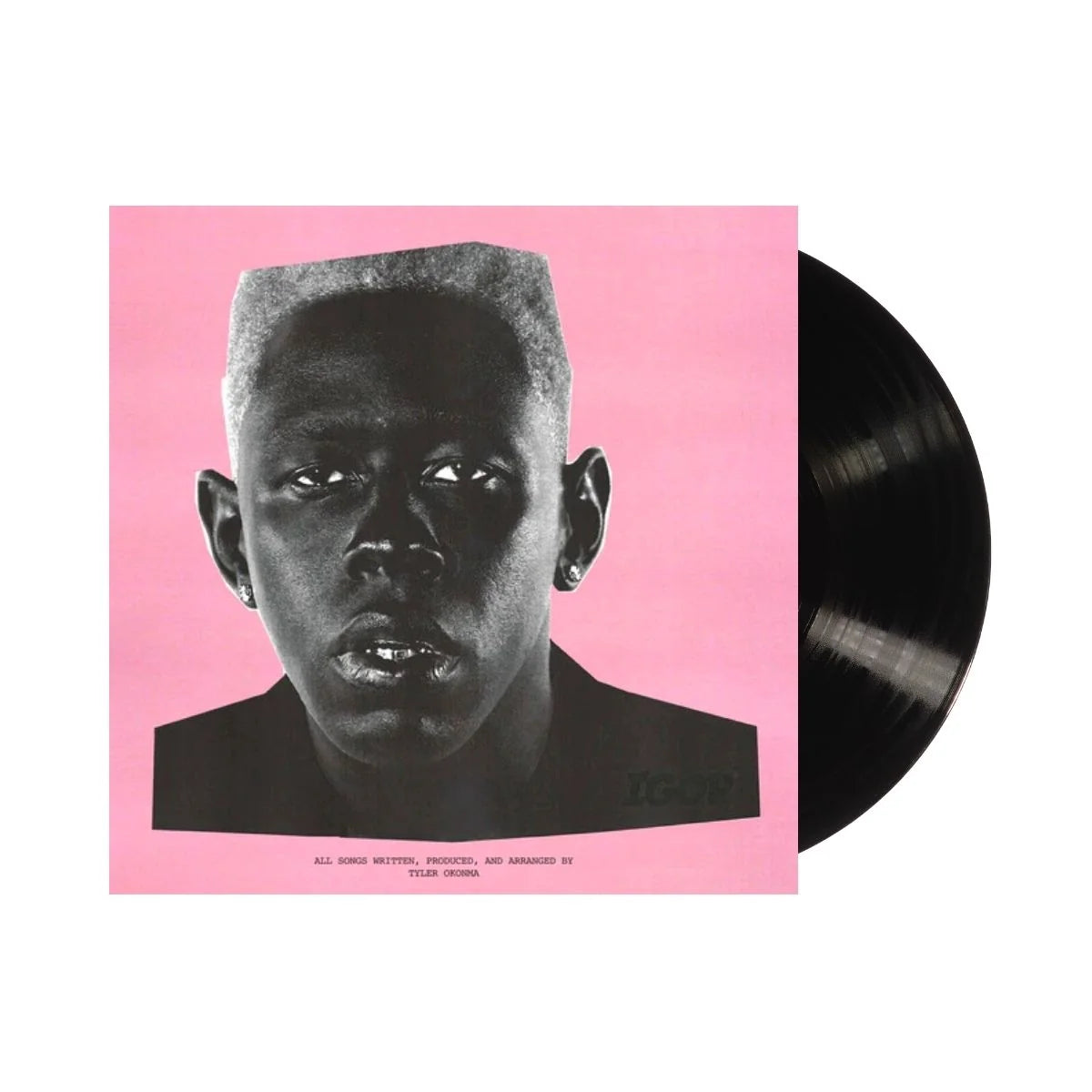
![Mac Miller - Circles [2LP Clear]](http://vinyl.com/cdn/shop/files/mac_1.png?v=1767598863&width=5760)
![Miles Davis - Kind of Blue [180-gram]](http://vinyl.com/cdn/shop/files/Y4LPMD03.webp?v=1742198237&width=5760)

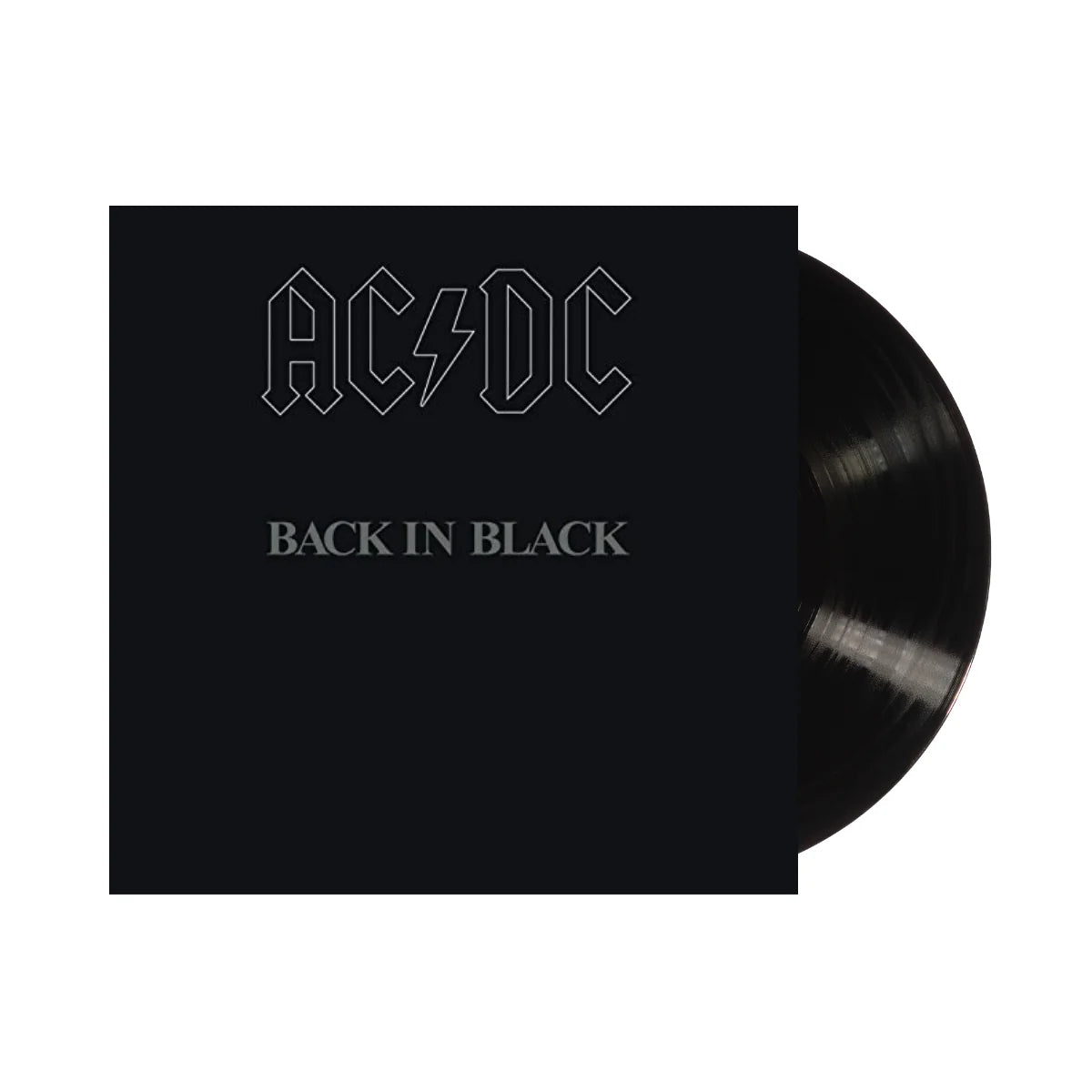
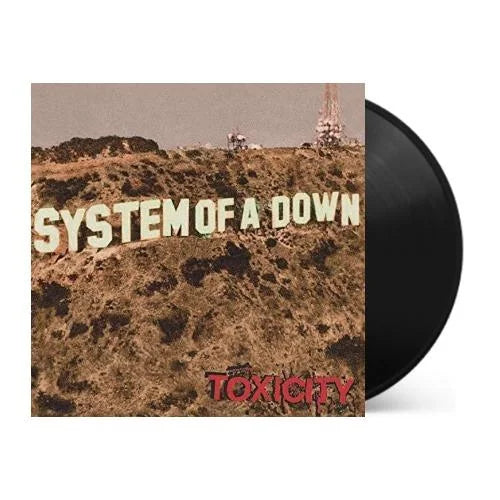
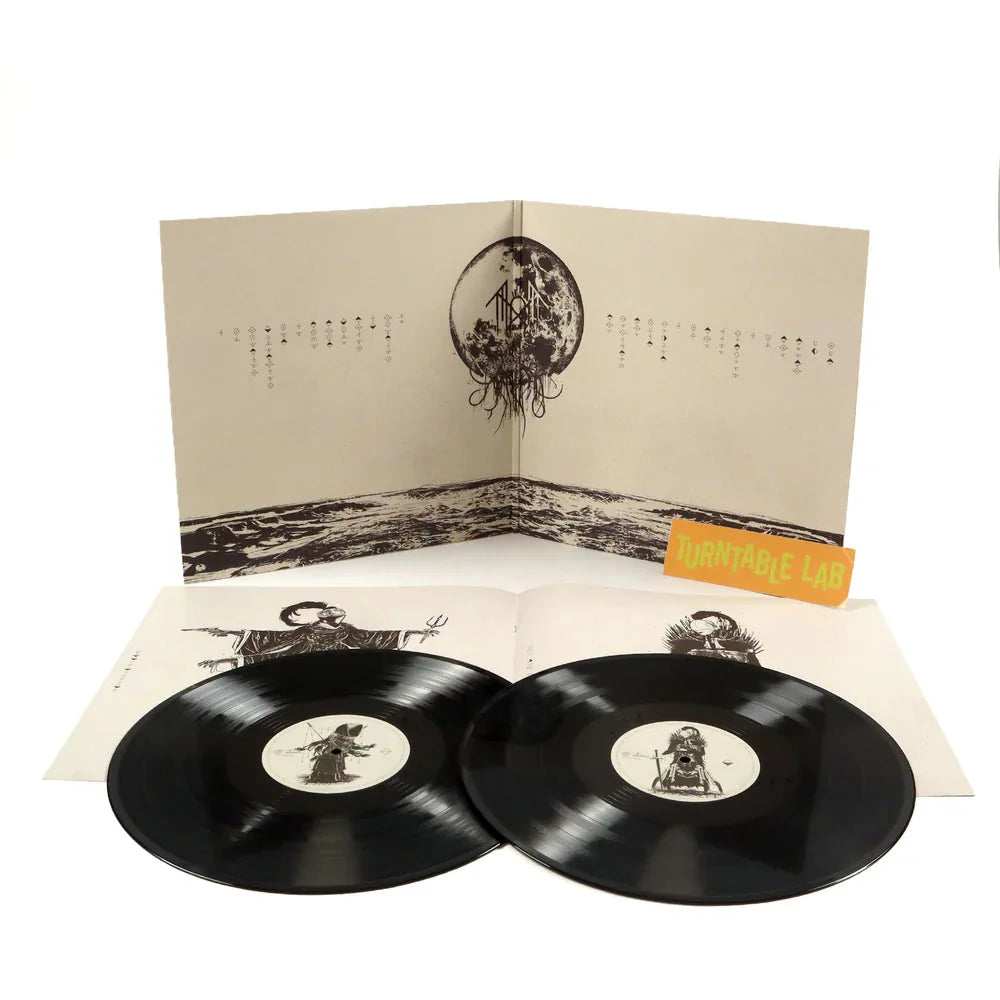
![Taylor Swift - 1989 (Taylor's Version) [2LP Crystal Skies Blue]](http://vinyl.com/cdn/shop/files/taylor_swift_1989_taylors_version.jpg?v=1734389117&width=5760)
![Taylor Swift - folklore [2LP Beige]](http://vinyl.com/cdn/shop/files/477929-Product-0-I-637317959467683009_grande_a6f82db0-1cb7-45c5-8892-ed79af261e80.webp?v=1736750683&width=5760)
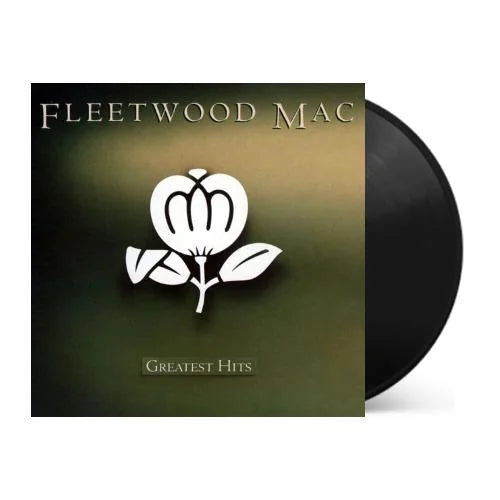
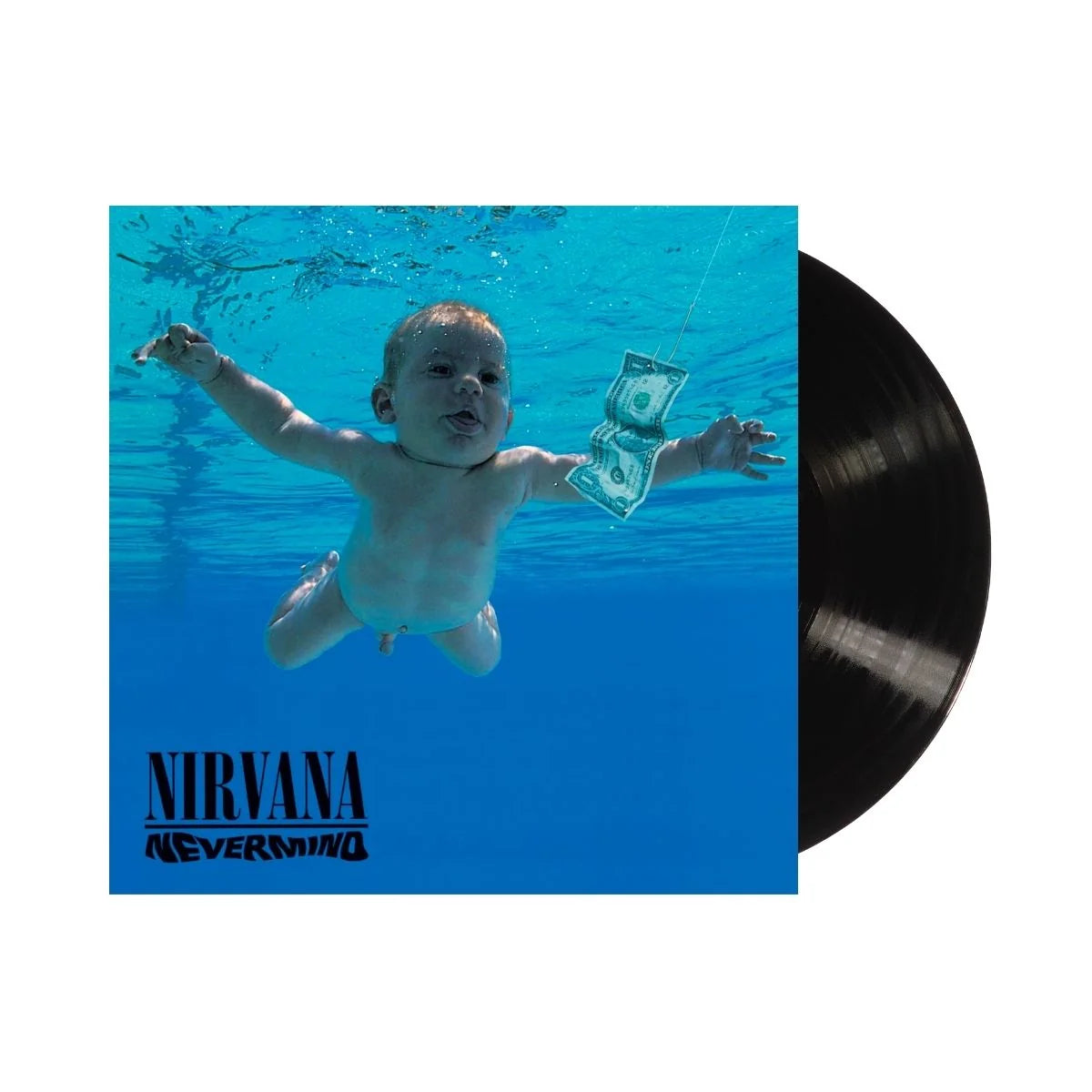
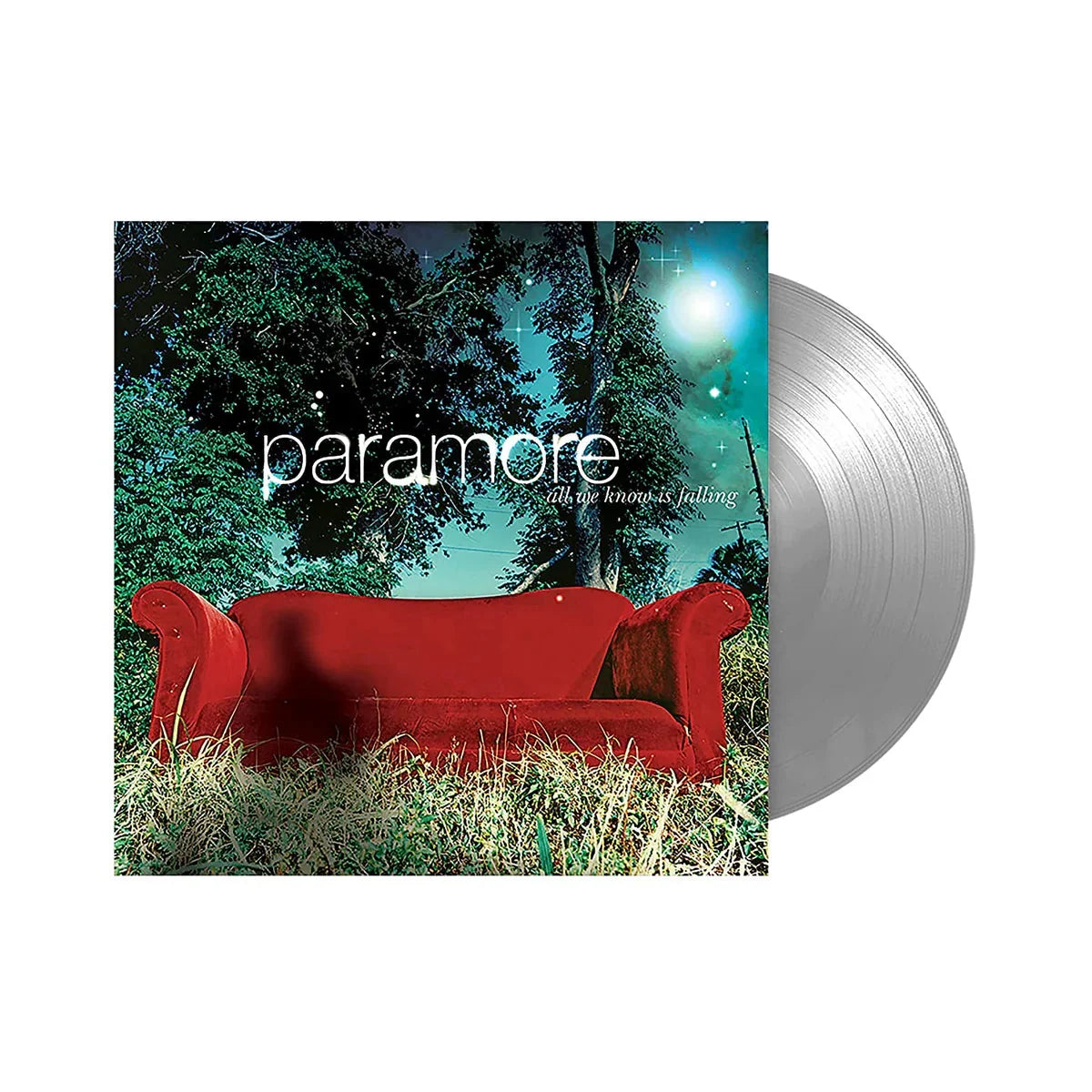
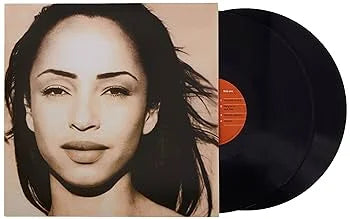
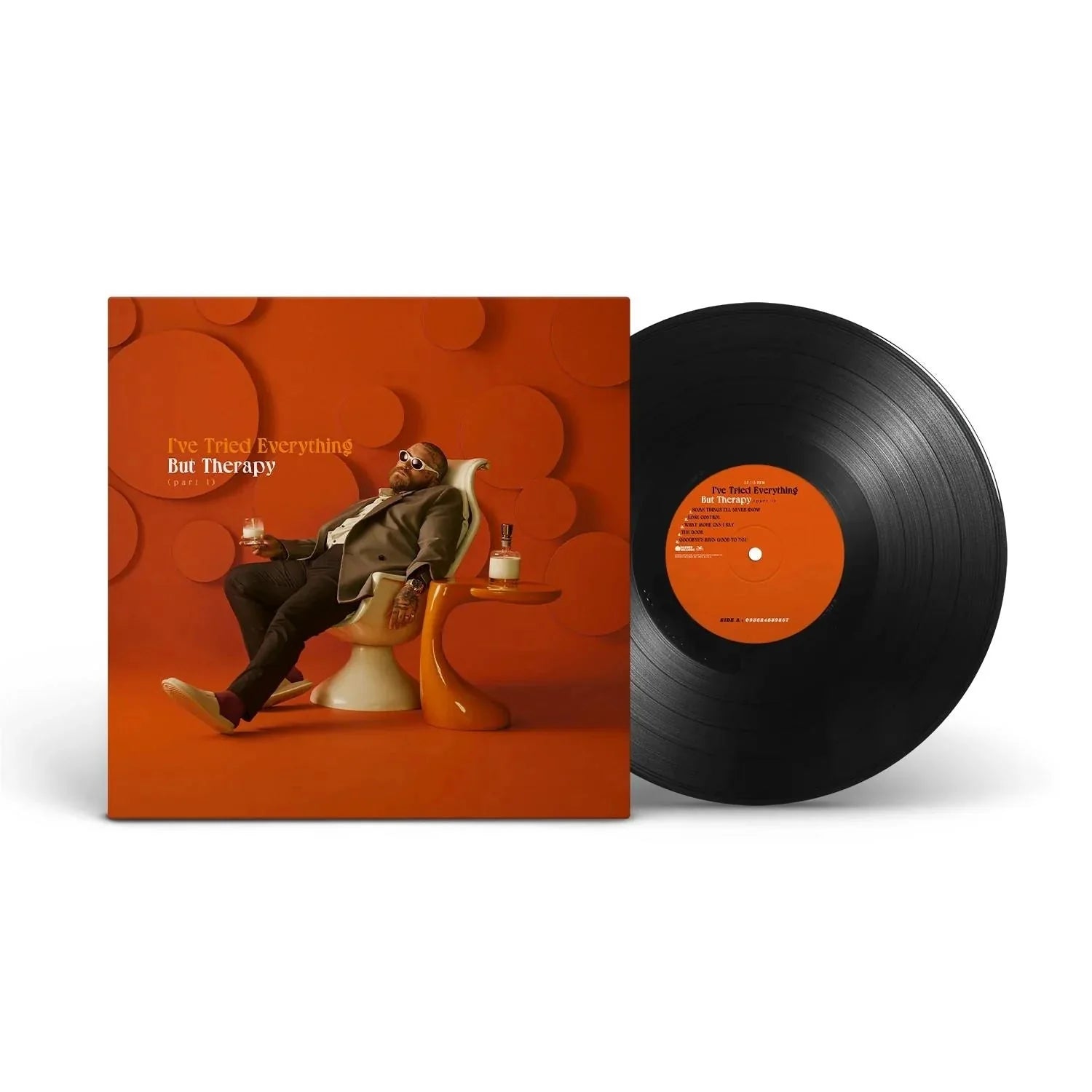

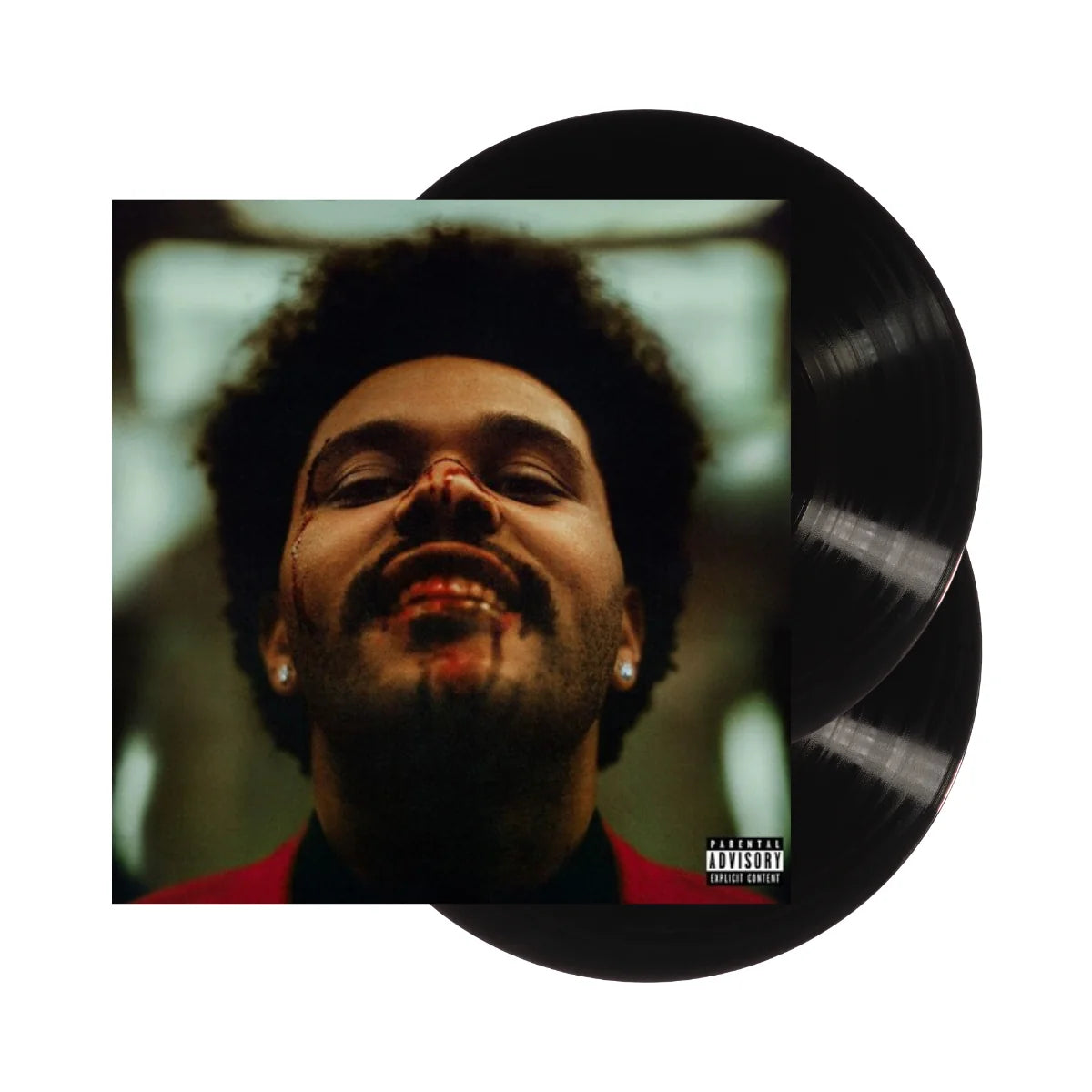
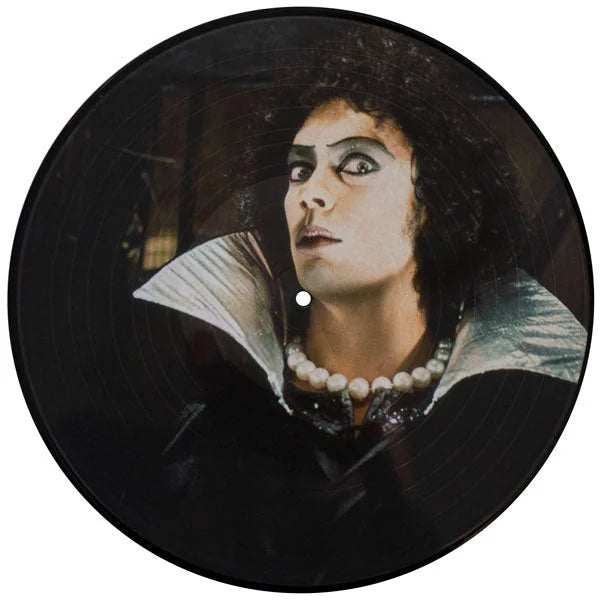
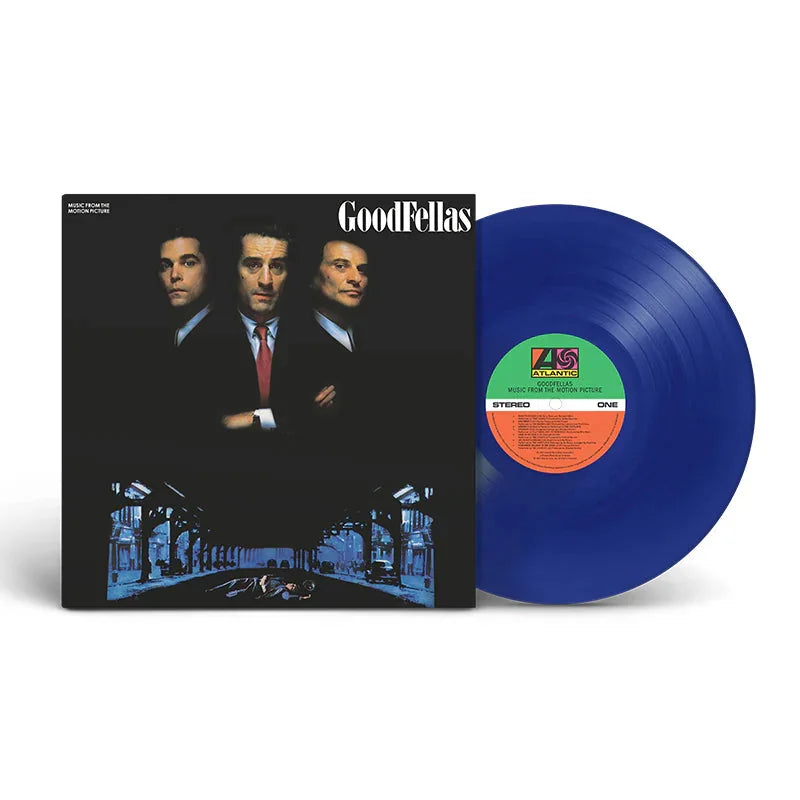
![Transformers: The Movie (Original Soundtrack) [Unicron Marbled 180-Gram]](http://vinyl.com/cdn/shop/files/4417308-3378319.jpg?v=1745982250&width=5760)









